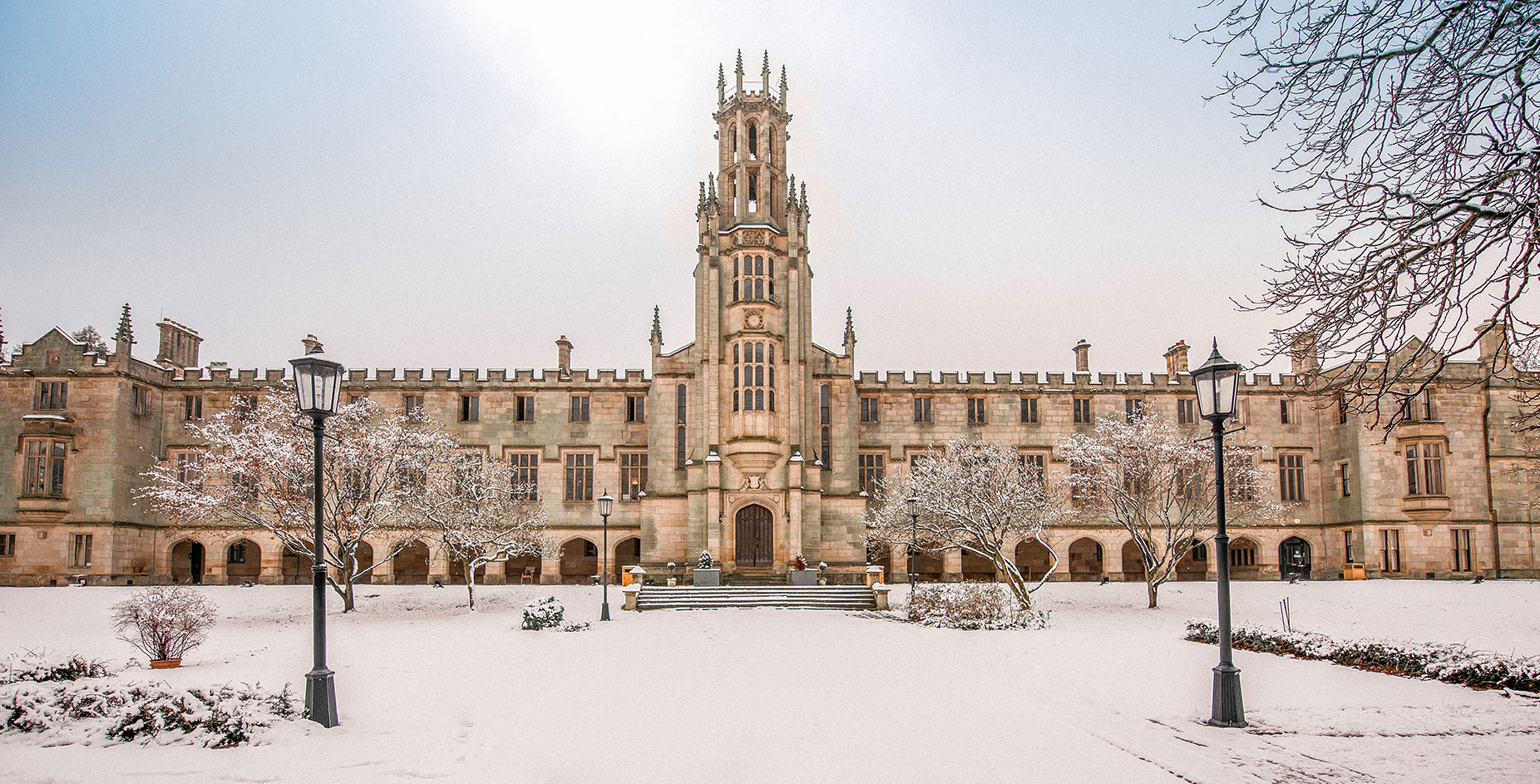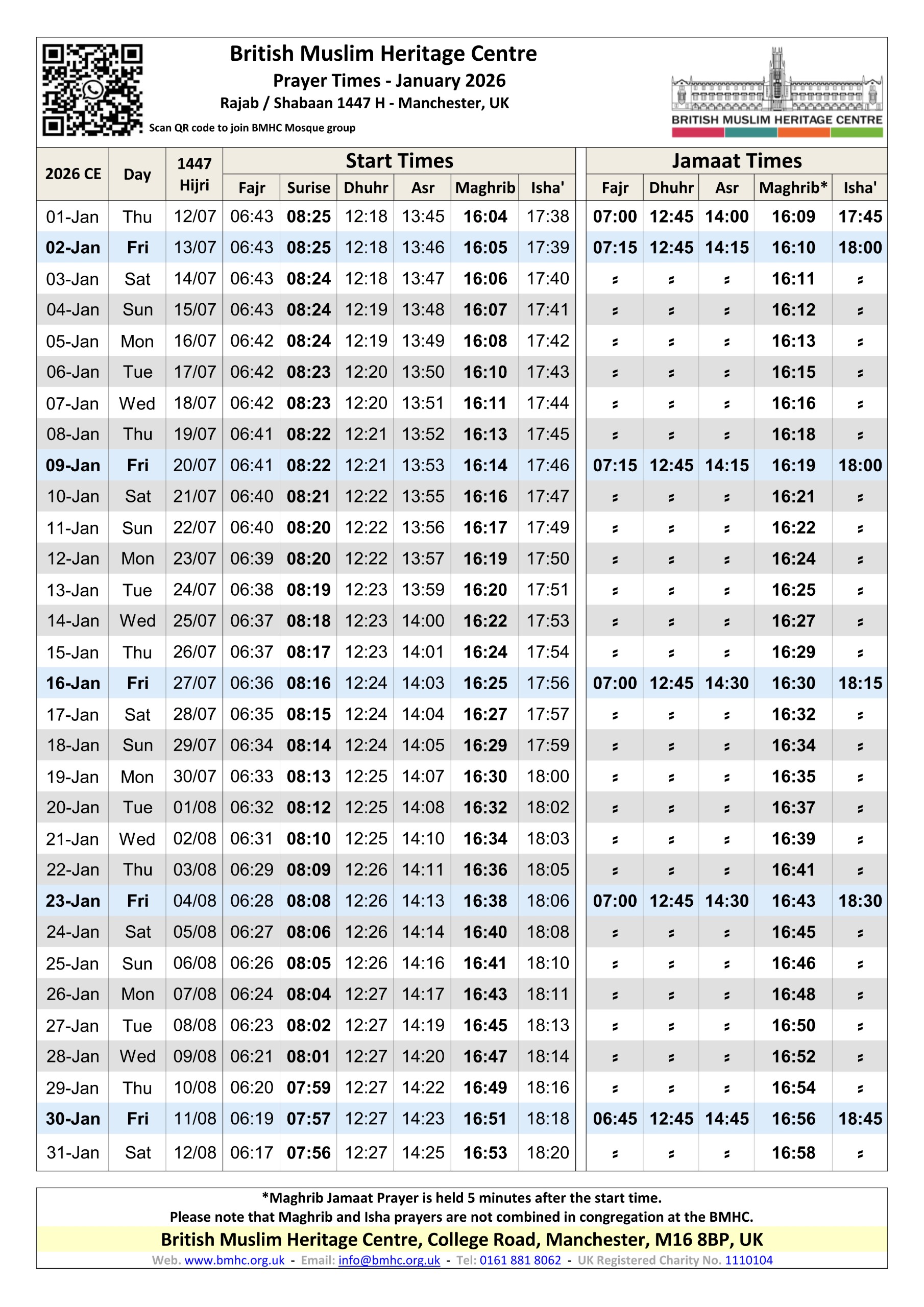The British Muslim community is very diverse. While this diversity is part of its strength, it can also present an obstacle. When attempting to create a common platform to work from, particularly when interacting with a wider society, diversity may become a challenge.
Many attempts have been made to try and bring a sense of unity to the community, whilst valuing diversity. These efforts have traditionally manifested themselves through institutions such as mosques, community centres and other initiatives. While these have been positive initiatives, they have not been all-encompassing.
From the early nineties, a group of local businessmen in Manchester, community activists and professionals came together with the aspiration of building a unique institution. They aimed to create an organisation that would provide for the spiritual, educational, social and cultural needs of the community. While their particular focus was on young people, the institution was intended to appeal to Muslims from all backgrounds. However, during this period, world events including 9/11 took centre stage and everyone’s focus changed. This created a greater challenge to try and bridge the growing divide between Muslims and non-Muslims.
The BMHC has evolved as a result of many years of thinking, consulting and working together to establish a unique initiative that allows communities of different backgrounds to come together, understand and collaborate with one another. As a direct consequence, our society will become enriched. It will be stronger and more able to withstand events or forces that seek to fragment it.





